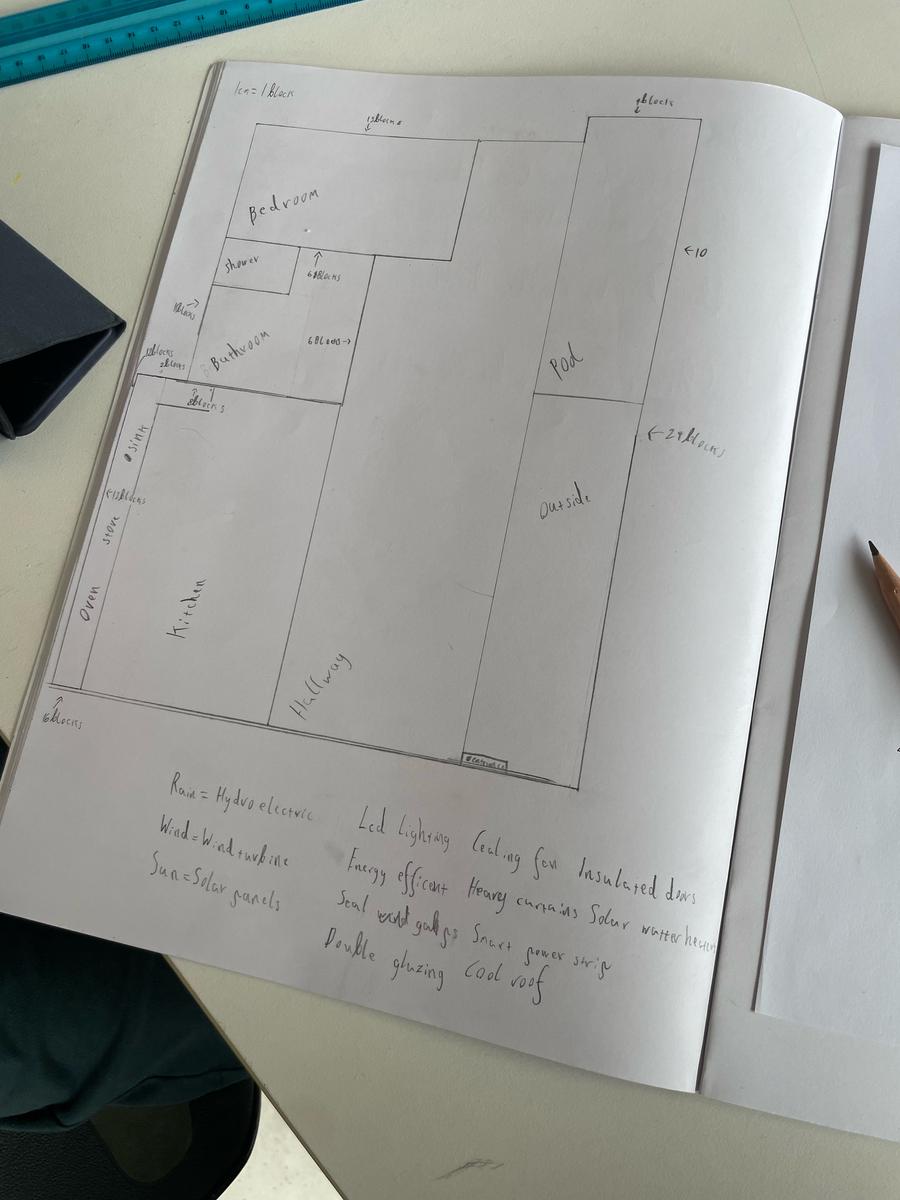Science News

From Nick, Science teacher
Year 3 Science
Students have been exploring gases and learning how different states of matter affect objects in different ways. Through hands-on experiments, they’ve observed how gases behave differently from solids and liquids. Students experimented with buoyancy by seeing how raisins interact with different types of liquids, noticing how each liquid’s density affects whether objects sink, float, or “dance.” These activities are helping them understand concepts like buoyancy and the unique properties of gases.
Year 4
Students are learning about chemical reactions and mixtures, especially solutions, colloids, and suspensions. They've discovered that not all mixtures are the same, with each type having unique characteristics. Students are making casein plastic by combining milk and vinegar, showing them how some materials change when combined to form new substances. These activities are helping students see how chemistry can transform everyday items.
Year 5
Students are connecting their knowledge of chemistry and physics to real-world material science. This term, they’ve focused on energy efficiency and sustainable design. Students are learning about insulation, light, and materials, then applying this knowledge to design their own energy-efficient homes. They’re exploring how different materials impact energy use, reduce waste, and can make a positive difference in sustainable living.
Year 6
Students have been studying chemical reactions, in particular reversible and irreversible changes. The students are learning to distinguish between reactions that can be reversed, like melting, and permanent changes, like burning. Through experiments and demonstrations, students are exploring different types of chemical reactions and how these processes relate to real-life situations.


